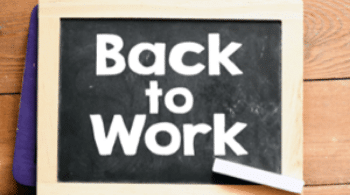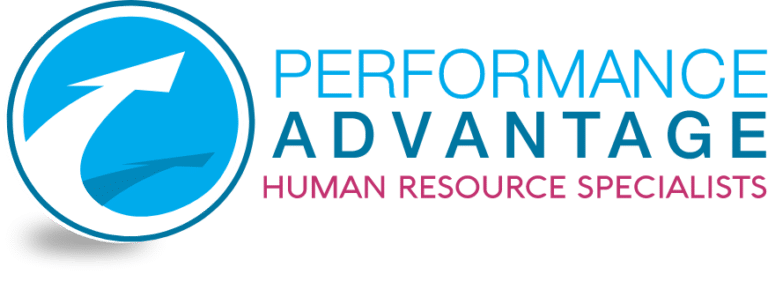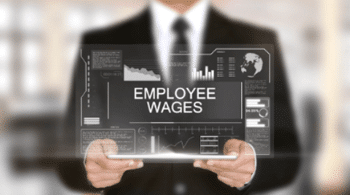
Returning to work after Covid-19
| As COVID-19 restrictions start to ease around Australia, moving from ‘working from home’ back to the workplace will look different for everybody. Companies and organisations will need to prepare to reopen their businesses. There are considerations through this transition period. Each business has its own unique set of challenges – from reimagining hotdesking and meeting spaces, to restarting bricks-and-mortar factories and retail locations. In spite of these challenges, businesses face the same concerns. All businesses need to have in place a COVID-19 Recovery Plan, documenting the steps to be taken to reduce the risk of infection in the workplace, as well as a review of their WHS policies and update your emergency plan. |
- Prepare the Facilities – Where a workplace has been left unattended for a period, it is essential that employers take steps to ensure the facilities are safe for a return to work, including air conditioning, electrical equipment, emergency systems, check drinking water systems, toilets and hand washing facilities.
- Consult Workers – Prior to returning to the workplace, consult workers on the measures being taken to minimise the risk of exposure to COVID-19.
- Responsibilities – Identify and communicate responsibilities to ensure implementation of control measures.
- COVID-19 Cases – Employers should take steps to prepare for managing potential or confirmed cases in the workplace.
- Educate Workers – Ensure workers know how to comply with hygiene guidance in day-to-day activities.
- Control Access – Establish a process for controlling access to the workplace including health screening for employees, managing visitor access and managing deliveries.
- Social Distancing – Develop a plan for adhering to the Government’s guidance on social distancing, allowing for 1.5 metres between persons or 1 person per 4 square metres.
- Hygiene Controls – Establish additional controls to support personal hygiene, including the provision of soap, paper towel and hand sanitiser.
Post-COVID-19 – major considerations for returning to workplaces in summary include:
Workspaces, facilities and technology
The work environment post-COVID-19 will not be the same as the one you left.
- In consultation with workers and any elected Health and Safety Representatives (HSR’s) conduct a risk assessment and implement control measures to eliminate, or if not reasonably practicable, minimise identified risks.
Effective communication
- Leading with clear messaging is important in the transition to new ways of working post-COVID-19.
- Be empathetic – what is it that people need to know? Consider employee safety, mental and physical wellbeing, and how you’ll manage staff engagement and productivity.
Health and safety
- How will you ensure the health and safety of your people? See above suggestions (page 1)
A new operating rhythm
- What’s your plan to meet changed and evolving demands at work after COVID-19?
Mental health and wellbeing
- The COVID-19 pandemic is a stressful and uncertain time for all Australians. Concerns about physical risks, such as exposure to COVID-19, work-related violence, or changes to the work environment or work demands can create additional risks to psychological health. You must eliminate or minimise the risk to psychological health and safety arising from work so far as is reasonably practicable.
Contact Suzanne from Performance Advantage today to help manage the risks and make the transition a smooth one for you and your employees. Ask Performance Advantage for assistance anytime or a simple checklist that can help your business.



